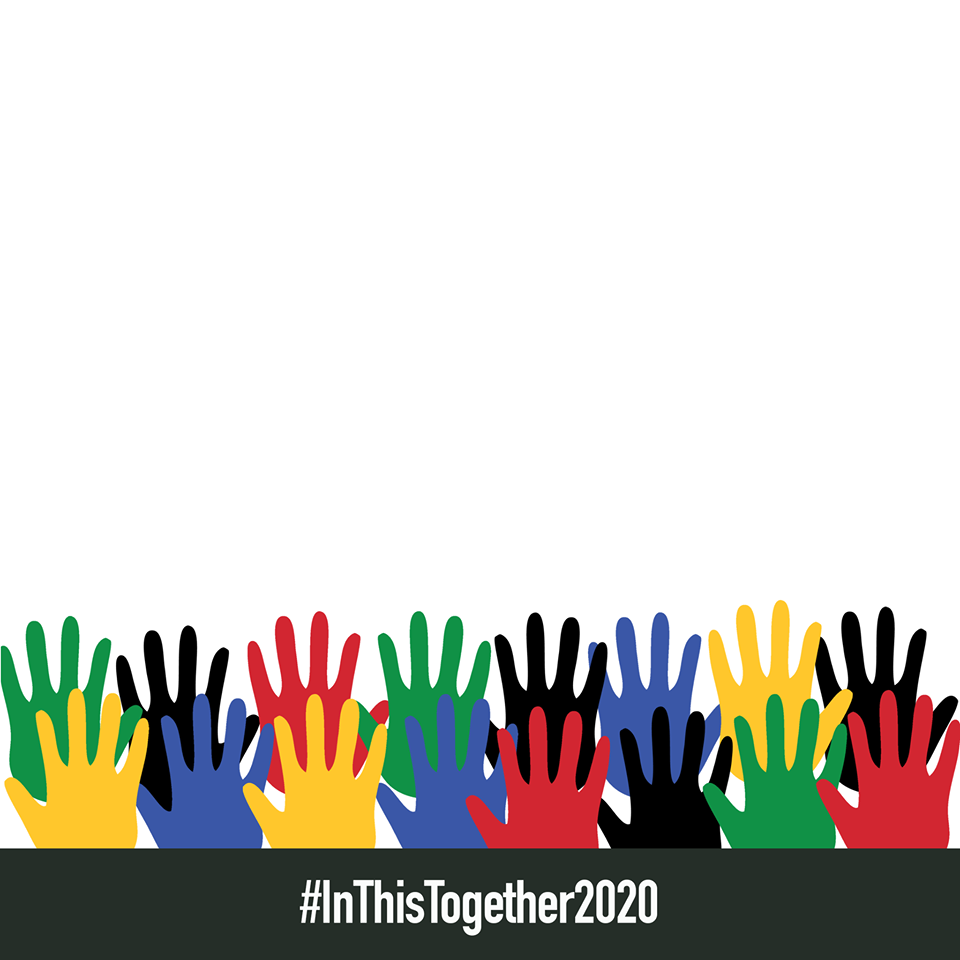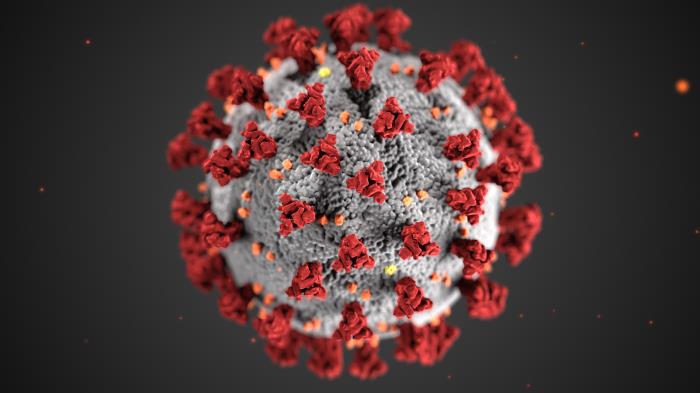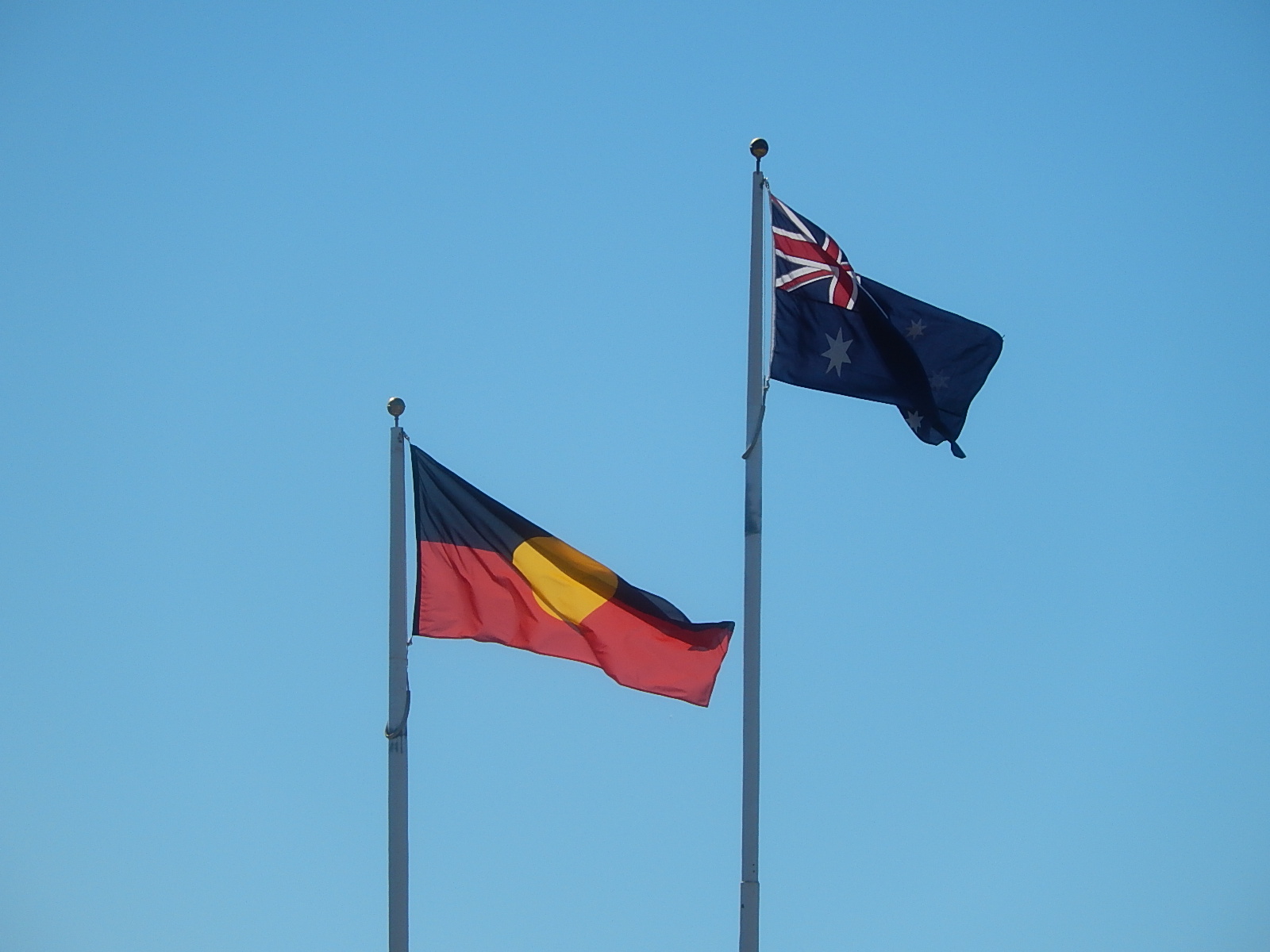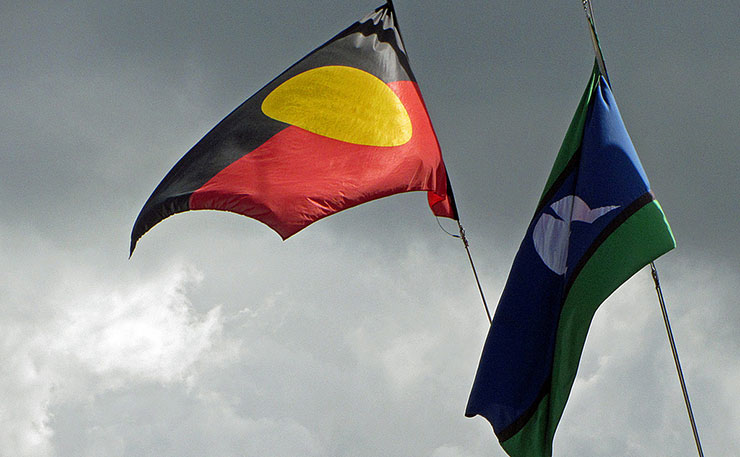The joint council on Closing the Gap has finalised a draft agreement on the new Closing the Gap strategy, which will be considered by the national cabinet later this month.
In a communique issued on Friday afternoon, the joint council said the agreement will establish four priority reform areas and 16 national socio-economic targets which include justice targets.
The details of the targets will not be made publicly available until after the strategy has been approved by national cabinet.
National Aboriginal Community Controlled Health Organisations CEO Pat Turner, who has co-chaired the joint council, told the ABC achieving the set targets will come down to political will.
Ms Turner says the draft agreement “does not include everything that Aboriginal and Torres Strait Islander people want” but the agreement represents a “significant difference” from what governments were prepared to commit to in 2018.
She says the changes are due to the Coalition of Peaks, which represents around 50 peak Indigenous organisations from around the country.
The priority reforms outlined in the draft agreement are:
- Developing and strengthening structures to ensure the full involvement of Aboriginal and Torres Strait Islander peoples in shared decision making at the national, state and local or regional level and embedding their ownership, responsibility and expertise to close the gap
- Building the formal Aboriginal and Torres Strait Islander community-controlled services sector to deliver closing the gap services and programs in agreed focus areas.
- Ensuring all mainstream government agencies and institutions undertake systemic and structural transformation to contribute to Closing the Gap, improve accountability and respond to the needs of Aboriginal and Torres Strait Islander people
- Ensuring Aboriginal and Torres Strait Islander people have access to, and the capability to use, locally relevant data and information to monitor the implementation of the Priority Reforms, the closing the gap targets and drive local priorities.





